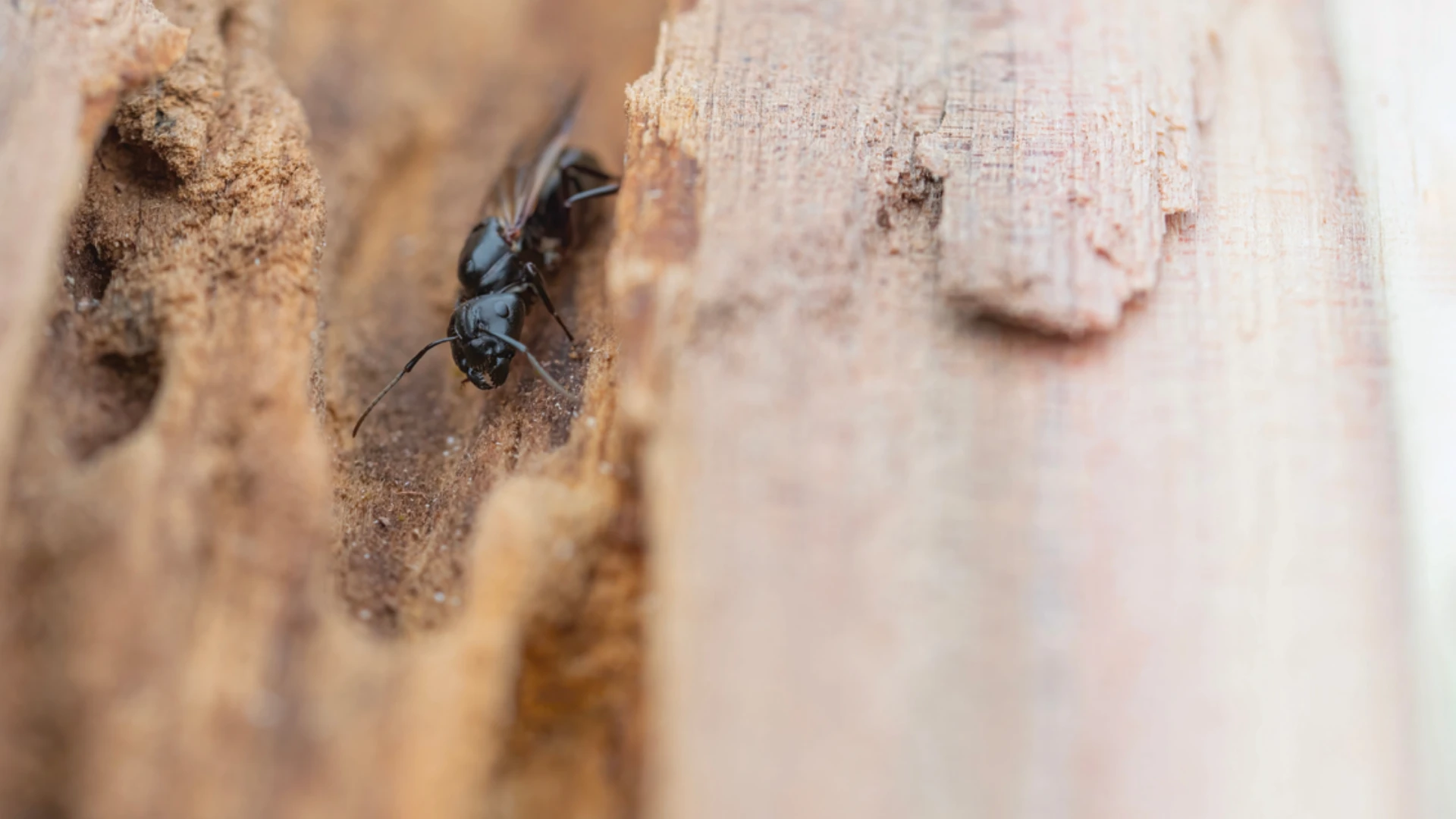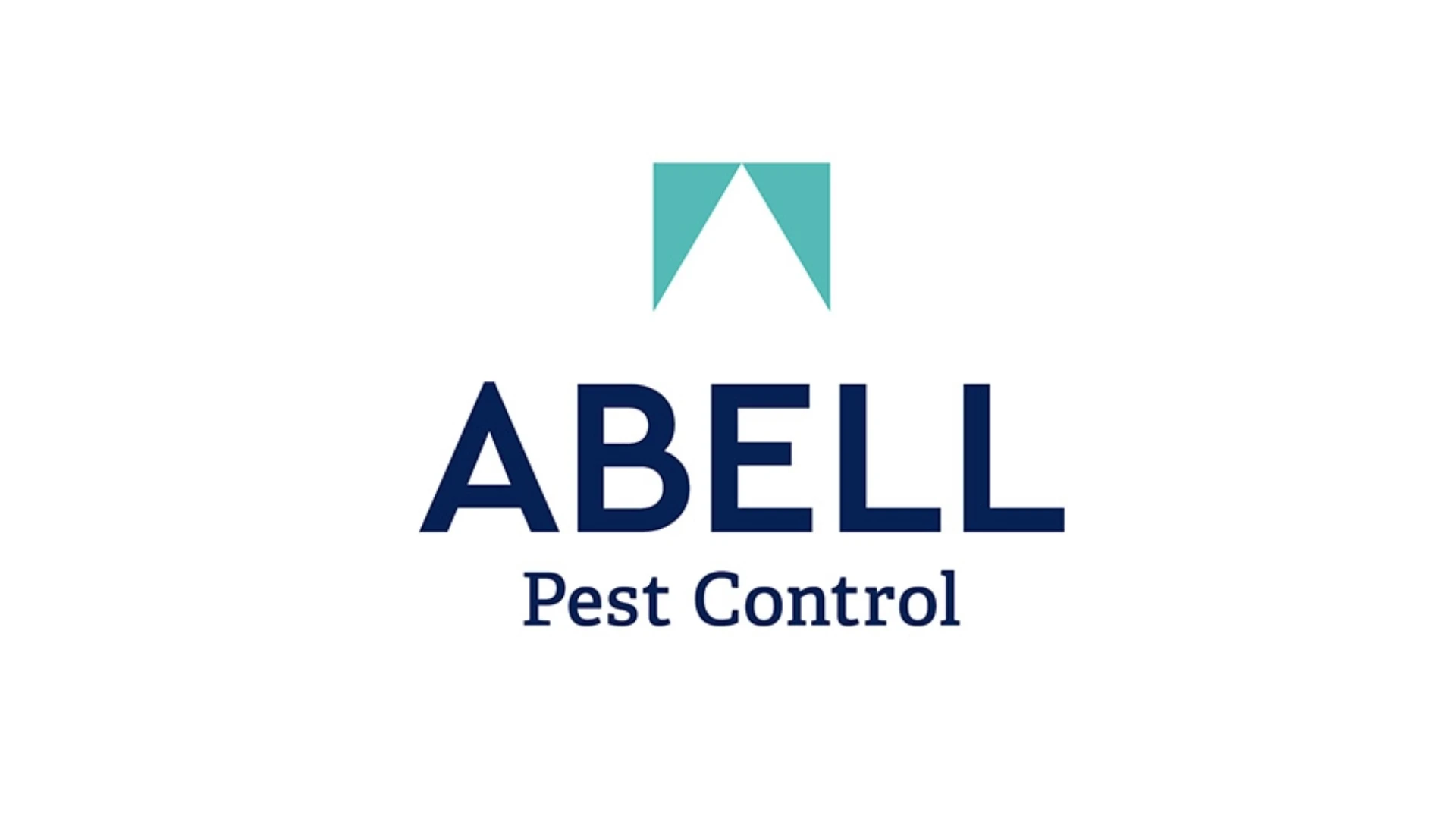
Pictured: Clockwise, from top left, Professor Mike Waldvogel helps the Gregg Museum identify best practices for keeping pests under control; Jordan Cao reviews a list of some of the artwork on display at the Gregg Museum in March; and Strategically placed traps help keep pests socially distant from the Gregg Museum's exhibits.
By David Hunt
An exhibit at the Gregg Museum of Art & Design is playfully titled, “All That Glitters: Spark and Dazzle From the Permanent Collection.” So, it’s no wonder the assortment of textiles, jewelry, pottery and other shiny objects is a feast for the eyes.
But for some visitors to North Carolina State University’s recently renovated museum, the collection is more than a celebration of beauty and creativity. It’s potentially a midnight snack.
“Our collection provides a really great opportunity for learning and teaching and intellectual growth,” says Assistant Registrar Jordan Cao. “But also wonderfully delicious things for bugs.”
PRESERVATION EFFORTS. Protecting the Gregg Museum’s vast and eclectic collection from unwelcome critters is one of Cao’s most important — and challenging — responsibilities.
Thankfully, NC State is home to a leading authority on urban pests: Michael Waldvogel, an extension associate professor of entomology and plant pathology. And like all extension specialists, he was eager to lend his expertise to the problem at no cost.
“I enjoy the challenge,” he says. “I thought this would be a neat thing because this is a case of looking at art as a food source rather than for its aesthetics.”
Any number of bugs threaten the collection. Moths, of course, are connoisseurs of silk, linen and other fabrics. Carpet beetle larvae have a taste for skins, furs, feathers and wool. And even though ladybugs won’t nibble on works of art, they can still do damage.
“If you squish them, they leave a yellow stain,” Waldvogel says.
Waldvogel toured the museum with Cao, answered her questions and reviewed some common-sense, non-invasive measures to keep pests at bay. The good news is that the Gregg Museum was already doing all the rights things, he says. “And if it ain’t broken, don’t fix it.”
BEST PRACTICES. The museum follows best practices using an Integrated Pest Management (IPM) approach. It focuses on minimizing risks before insects get a foothold inside the building. Since both the collection and its visitors are precious, Cao explains, spraying pesticides inside the 24,000 square-foot building isn’t an option.
Integrated Pest Management isn’t a complex process, but it does require a high level of vigilance.
“Basically, we take into account the environment around us, what kind of critters live outside our building, as well as what’s in the collection,” she says. “We use all those factors to develop a plan for assessing and protecting ourselves from pests.”
When a new piece of art is acquired by — or loaned to — the museum, it doesn’t go directly into the collection. “Every object that comes in here is either frozen or isolated to make sure there are no pests,” Cao says.
Any item that can handle a temperature drop to negative 15 degrees Celsius is bagged and placed in one of the Gregg’s giant freezers for at least a week. More fragile pieces are sealed airtight and stored for three months.
---------------------
Latest from Pest Control Technology
- Rose Pest Solutions Becomes Official Pest Provider of Chicago Fire FC
- WSPMA Hosts Legislative Day at Washington State Capitol
- A-1 Pest Control Marks 59 years in Business
- Hawaii PCO Shares Regulatory Challenges, Business Impacts from Lahaina Wildfires
- 5 Tips for Reducing Waste in the Office and in the Field
- OvoControl Now Available in Chile
- Envu Announces Savings Programs for Pest Management Professionals
- Follow the Trail





